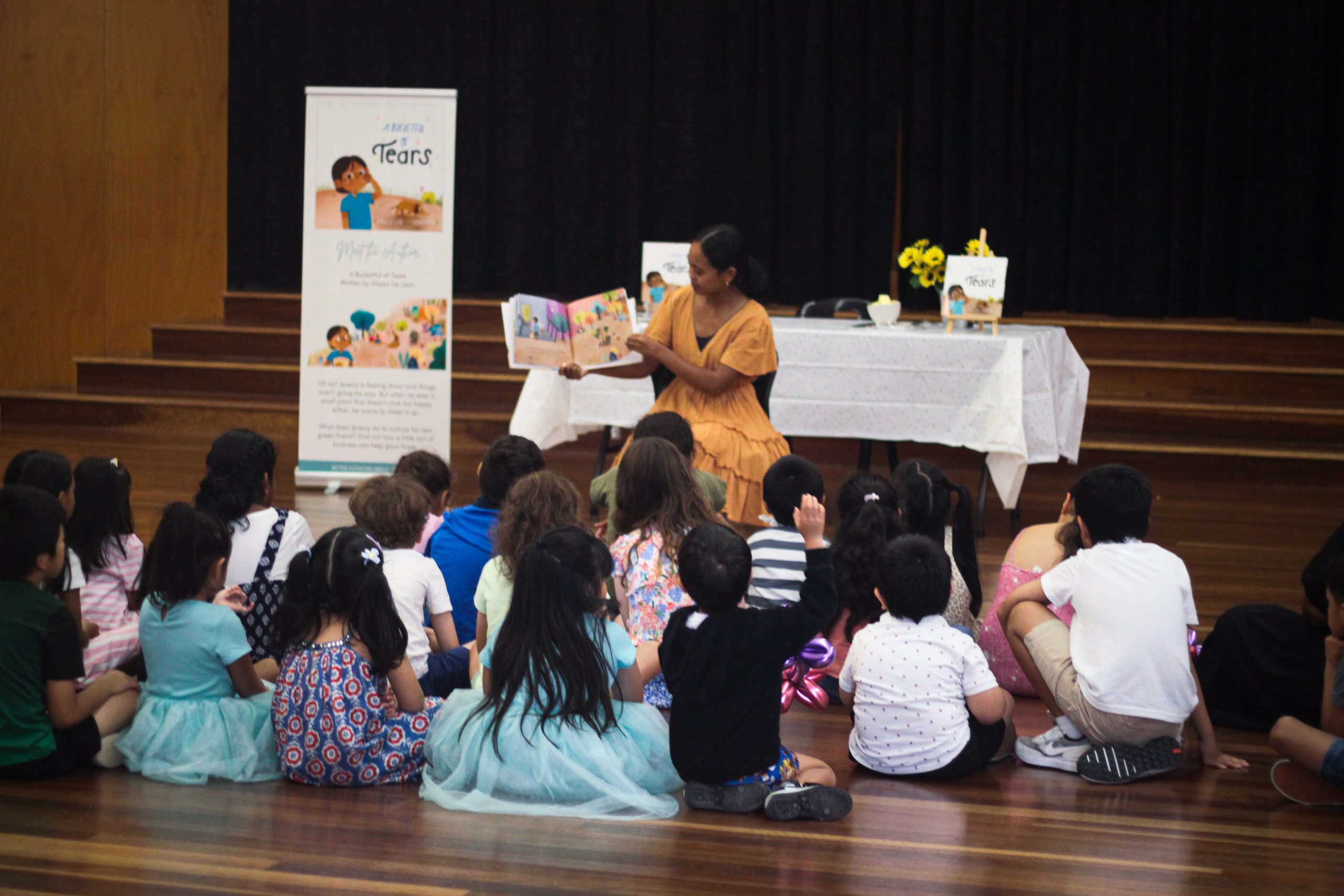
Although it may seem like it, reading aloud to your kids is more than just a bedtime routine. It is a powerful way to connect with your child and nurture their development, foster their imagination, and something for them to look forward to each day.
Why Reading Aloud is Essential
1. Boosts Language and Literacy Skills
Your child is exposed to many words and phrases throughout the day through everyday casual conversations. However, when you read a book aloud with them, they are exposed to a rich variety of words and phrases that they may not encounter otherwise. This helps to expand their vocabulary. For young readers, it’s also an effective way to introduce literacy concepts like rhyme, sentence structure, and storytelling.
2. Strengthens the Bond Between a Child and their Parent
Children always look forward to bedtime stories not only because of the story itself, but the time they get to spend with their parents. Reading aloud creates a special moment of bonding between you and your child.
Reading together and sharing stories builds trust and strengthens your emotional connection. As you read together, your child feels your undivided attention which creates a sense of deep love and security.
3. Encourages Imagination and Creativity
When books are read to children aloud, they can easily visualise characters and settings beyond the pages. This unlocks entire worlds and events in their minds which helps develop their creativity and problem-solving skills.
4. Builds Empathy and Emotional Understanding
With a wide range of stories to explore, there are often many that cover the themes of kindness, courage, and resilience. Reading these stories aloud together allows children to reflect on the world through the eyes of others. This helps them understand different perspectives and emotions on the same topic. In turn, they build empathy and emotional intelligence, which are both invaluable life skills.
How to Make Reading Aloud Enjoyable
- Choose Age-Appropriate Books: Select stories that align with your child’s age and interests and involve them in the selection process. For pre-school aged children, bright illustrations and simple stories are best, while older children may enjoy picture books or chapter books with more complex plots.
- Add Personality to Your Reading: No-one, not even adults, find it enjoyable listening to someone reading who sounds like a robot. Instead, use funny voices, sound effects, or dramatic pauses to bring the story to life. This keeps your child engaged and makes reading time fun.
- Ask Questions: Interaction is so important and helps parents to determine their child’s understanding of the story. Encourage interaction by asking questions related to the page, or the overall story. For example, “What do you think will happen next?” or “How do you think the character feels?”
Children’s Books Recommendations to Get Started
If you’re unsure where to start, check out these books that I wrote specifically for young readers (ages 3 to 8) with big hearts.
- Mummy, I Can’t Find My Loud Voice – A heartwarming story about gaining confidence in new environments (specifically school), self-growth, and overcoming the fear of using spoken words to express thoughts.
- Daisy’s Not-So-Ordinary Ordinary Day – A delightful story exploring themes of imagination, creativity, and family togetherness.
- A Bucketful of Tears – A touching story that emphasises empathy, kindness, dealing with emotions, and understanding that one’s best is always enough.
FAQs
Q. Why is reading aloud important for kids?
A: Reading aloud helps children develop essential language, literacy, and listening skills. It introduces them to new vocabulary, improves comprehension, and fosters a love of reading. Additionally, it builds emotional connections and enhances creativity and imagination.
Q: At what age should you start reading to your child?
A: You can start reading aloud to your child as early as infancy! Even newborns benefit from hearing your voice and the rhythm of language. As they grow, the habit of reading together helps build their understanding of words, sounds, and stories.
Q: How long should you read aloud to your child each day?
A: There’s no strict rule, and you’ll find that it changes as your child matures, but 15–20 minutes a day is a great starting point. If your child is particularly engaged, feel free to extend the time. The key is consistency and making it an enjoyable experience.
Q: Can reading aloud help children struggling with literacy?
A: Yes! Reading aloud is a fantastic tool for kids who struggle with literacy. Hearing words spoken fluently helps them understand pronunciation, pacing, and context. It also reduces the pressure of reading on their own, making it a supportive and enjoyable learning experience.












